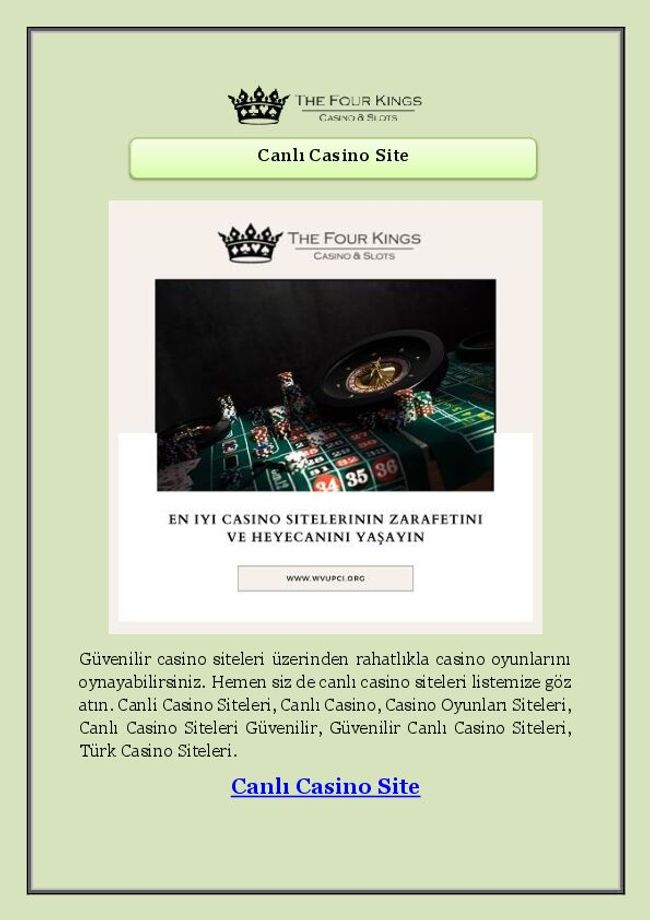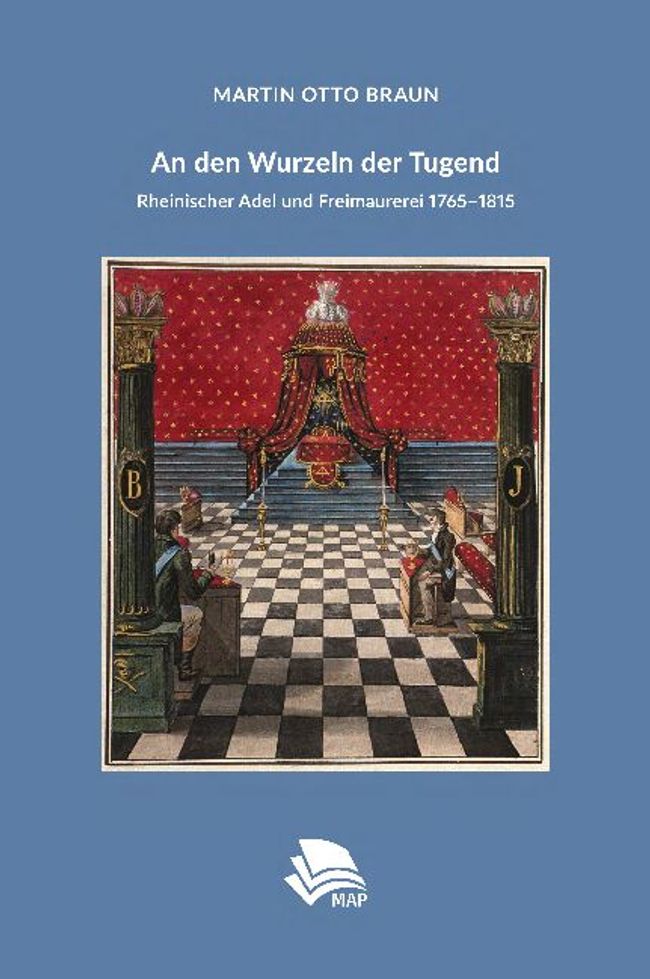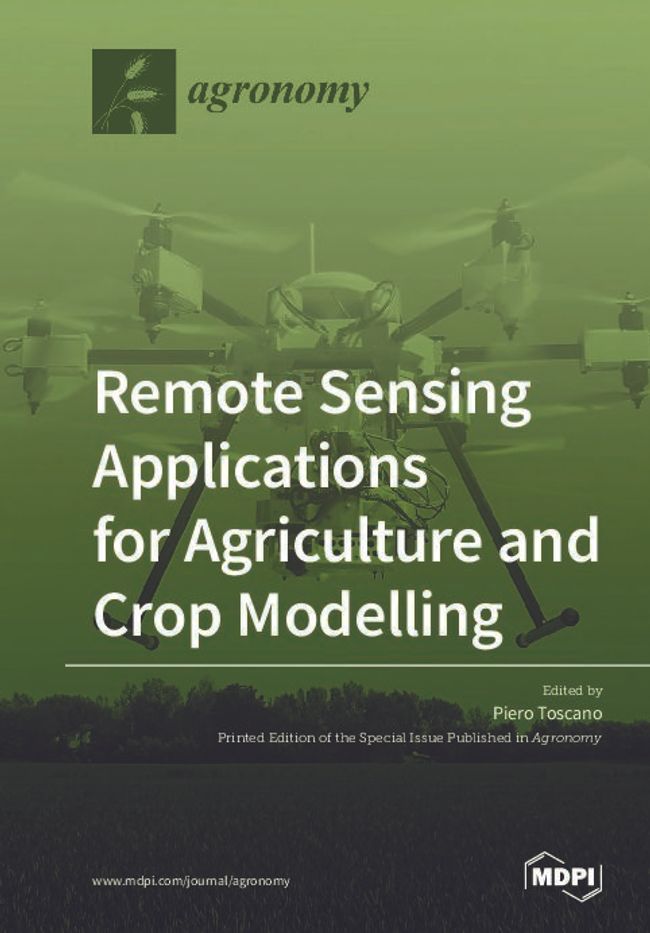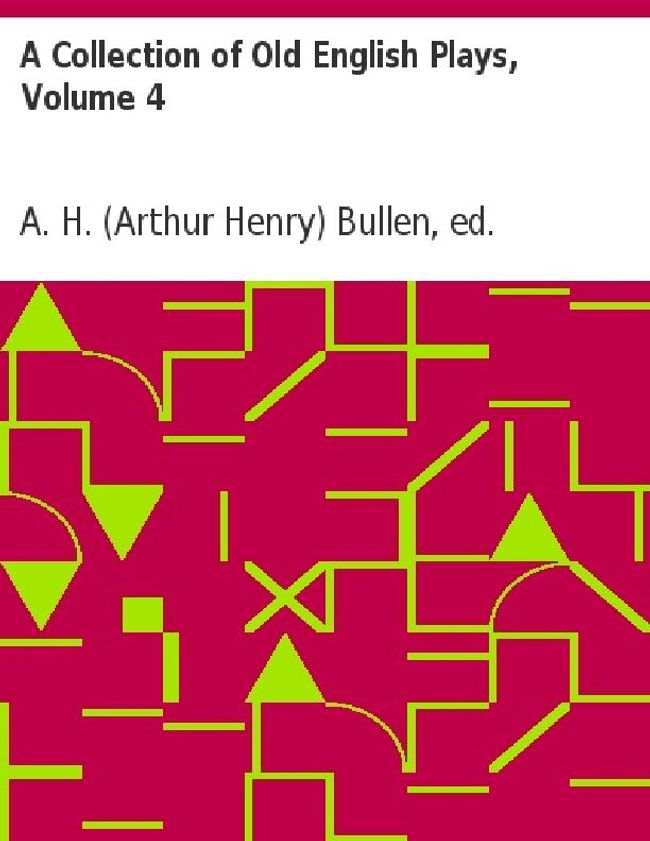Resultados de búsqueda (193,530)
Arthur Schopenhauer und die russische Literatur des späten 19. und frühen 20. Jahrhunderts
CC BY
In der Reihe Slavistische Beiträge werden vor allem slavistische Dissertationen des deutschsprachigen Raums sowie vereinzelt auch amerikanische, englische und russische publiziert. Darüber hinaus stellt die Reihe ein Forum für Sammelbände und Monographien etablierter Wissenschafter/innen dar.

Canlı Casino Site
Wvupci Turkey
Güvenilir casino siteleri üzerinden rahatlıkla casino oyunlarını oynayabilirsiniz. Hemen siz de canlı casino siteleri listemize göz atın. Canli Casino Siteleri, Canlı Casino, Casino Oyunları Siteleri, Canlı Casino Siteleri Güvenilir, Güvenilir Canlı Casino Siteleri, Türk Casino Siteleri.

An den Wurzeln der Tugend: Rheinischer Adel und Freimaurerei 1765–1815
Martin Braun Otto
CC BY
This study focuses on the relationship between nobility and freemasonry from 1750 to 1850. It examines the specific role of an esoteric discourse surrounding the roots of the human race, centring on legendary constructions of noble genealogies in eighteenth century Europe. The aristocratic idea of blood as a type of »liquid memory of virtue« was also found in the freemason lodges frequented by the European nobility of the eighteenth century. Both groups therefore believed in educational systems that used rites, pictures and symbols to imprint the virtues in ones blood and heart respectively. The foundation of this belief – strongly combined with an interest in occult sciences and the existence of an afterlife – can be seen in the antique »art of memory«.The example of an aristocratic lodge in Düsseldorf shows how these ›research interests‹ overlapped within masonic and non-masonic networks of European noblemen and citizens. In the perspective of Rhenish noblemen in the mid of the eighteenth century freemasonry took the role of an educational system that improved the qualities of the noble blood to secure the leading position of nobility in the God-given »Ständegesellschaft«. The aristocratic lodge La Parfaite Amitié therefore was not only dominated by Rhenish noblemen but also by cousinship. As a consequence, it struggled to become a »provincial lodge«, which had a stronger jurisdictional position in comparison with the civil-lodge of Düsseldorf.The second example is the masonic network of Joseph zu Salm-Reifferscheidt-Dyck (1773– 1861), from the Napoleonic period. Born in the Ancient Regime to an aristocratic familiy of the lower Rhineland, Joseph zu Salm-Reifferscheidt-Dyck faced the extensive changes for the nobility of the Rhineland, caused by the French Revolution and the French occupation of the area. Together with his second wife, the Parisian Salonier Constance de Salm, he became a prominent person in the Napoleonic era. He not only acted as an influential scientist of systematic botany, as a politician and states-man but also as a high-ranking freemason in several rites, especially in the Rit écossais philosophique.This masonic system can be seen as a ›scientific‹ one built upon the traditions of alchemistical and hermetical circles of the Ancient Regime. The Napoleonic period saw the occult sciences increasingly outdated and replaced by modern natural sciences. The methods considered as »exact« in the nineteenth century subsequently formed the perspective of civil dominated societies and its lodges on masonic rites and grades. In the masonic network of Joseph zu Salm-Reifferscheidt-Dyck, the Rit écossais philosophique was crossed with his network as a natural scientist, resulting in masonry being seen not only as an educational system but also as an exact way to uncover the »hidden roots« of the human soul and to assess the respective qualities of it. These tendencies were strongly influenced by the natural sciences outside the masonic sphere, which in parallel tried to uncover the »hidden roots« of the nations with the pseudo-scientific concepts of »race«.The civil lodges of the Napoleonic era and afterwards, with their strong emphasis on the nation, could no longer be seen as a retreat for noble man and their exclusive ideology ofnoble blood. The majority of the Rhenish nobility therefore turned away from the lodges in order to maintain a conservative view of itself in exclusively noble circles which still believed in the quality of the noble blood and its inherited race.Welche Rolle spielte das »Esoterische« für die Selbstsicht der adlig-bürgerlichen Eliten beim Übergang zur Moderne? Dieser Frage geht die Studie Martin Otto Brauns mit dem Titel »An den Wurzeln der Tugend. Rheinischer Adel und Freimaurerei 1765–1815« nach. Auf der Grundlage der mythischen Geschichtskonstruktionen von Genealogien des rheinischen Adels sowie des Geheimbunds der Freimaurerei zeichnet der Autor die parallel zu den Entwicklungen der Naturwissenschaften verlaufende Transformation der Vorstellung vom tugendhaften »Adel des Blutes« hin zum bürgerlichen »Adel des Intellekts« nach. Die Studie kann dabei zeigen, wie der esoterische Gehalt des frühneuzeitlichen Bildes von Wachstum und Fortschritt des Familienstammbaums sich um 1800 mehr und mehr auf die Konzepte »Nation« und »Volk« im Gesamten ausweitete. Das esoterische Denken hielt sich auf dieser Grundlage bis in die Moderne und sollte vorhandene rassische Vorstellungen adlig-bürgerlicher Eliten der »Sattelzeit« nachhaltig prägen.Martin Otto Braun promovierte im Fach Neuere und Mittelalterliche Geschichte an der Universität zu Köln und war Doktorand in der Forschergruppe »Aufbruch in die Moderne. Der Rheinische Adel in westeuropäischer Perspektive 1750–1850« des Deutschen Historischen Instituts Paris unter Leitung von Prof. Dr. Gudrun Gersmann. Er ist Autor und Mitherausgeber der durch die Fritz Thyssen Stiftung geförderten »Netzbiografie: Joseph zu Salm-Reifferscheidt-Dyck (1773–1861)«.Er veröffentlicht Beiträge zu seiner Forschung in den Blogs »EsoHist. A blogged history of esotericism and secret societies« (Facebook: EsoHist), »Rheinischer Adel« und »Napoleon auf der Spur«.Webseite: http://uni-koeln.academia.edu/MBraun

Remote Sensing Applications for Agriculture and Crop Modelling
CC BY-NC-ND
Crop models and remote sensing techniques have been combined and applied in agriculture and crop estimation on local and regional scales, or worldwide, based on the simultaneous development of crop models and remote sensing. The literature shows that many new remote sensing sensors and valuable methods have been developed for the retrieval of canopy state variables and soil properties from remote sensing data for assimilating the retrieved variables into crop models. At the same time, remote sensing has been used in a staggering number of applications for agriculture. This book sets the context for remote sensing and modelling for agricultural systems as a mean to minimize the environmental impact, while increasing production and productivity. The eighteen papers published in this Special Issue, although not representative of all the work carried out in the field of Remote Sensing for agriculture and crop modeling,

